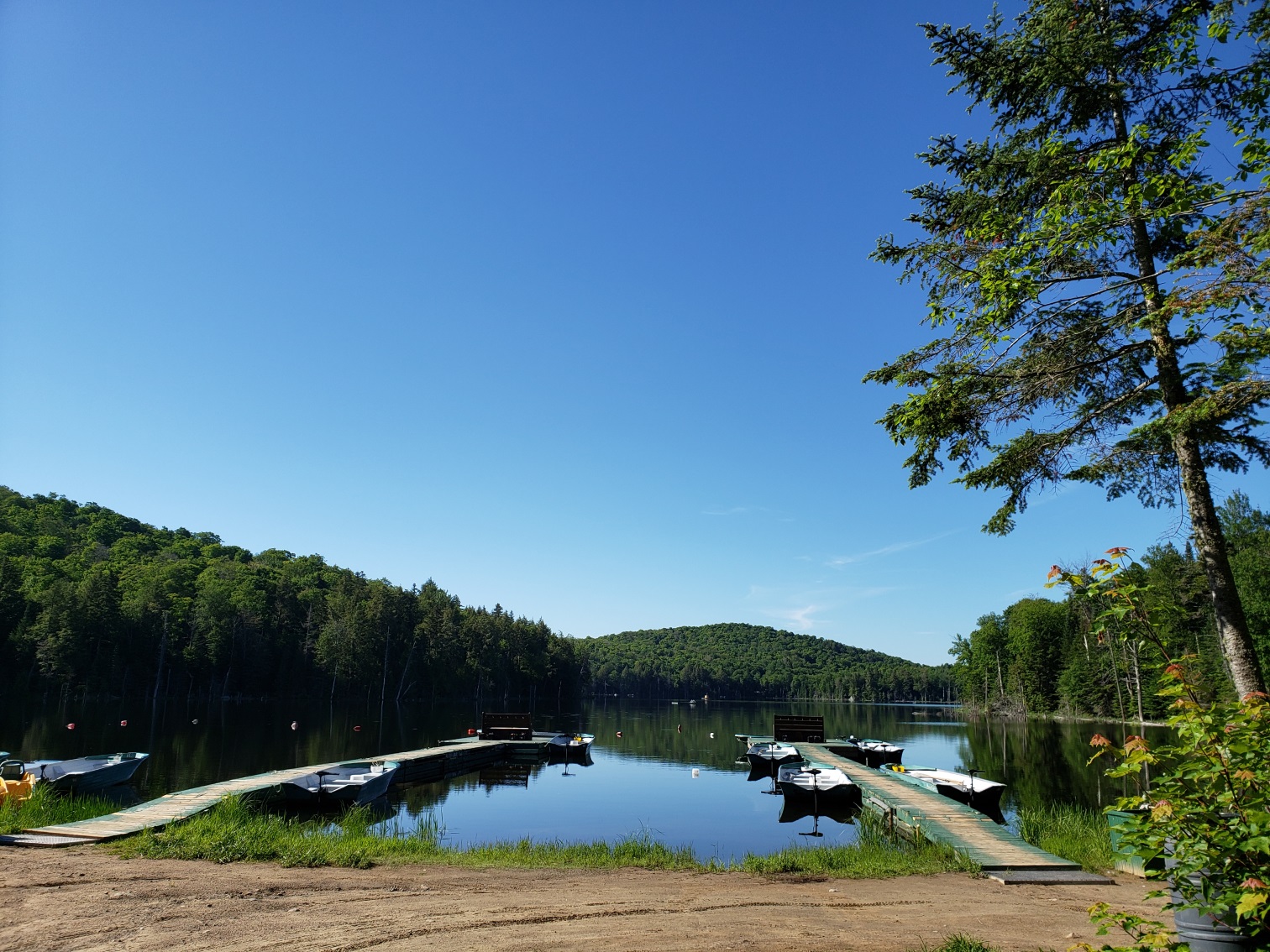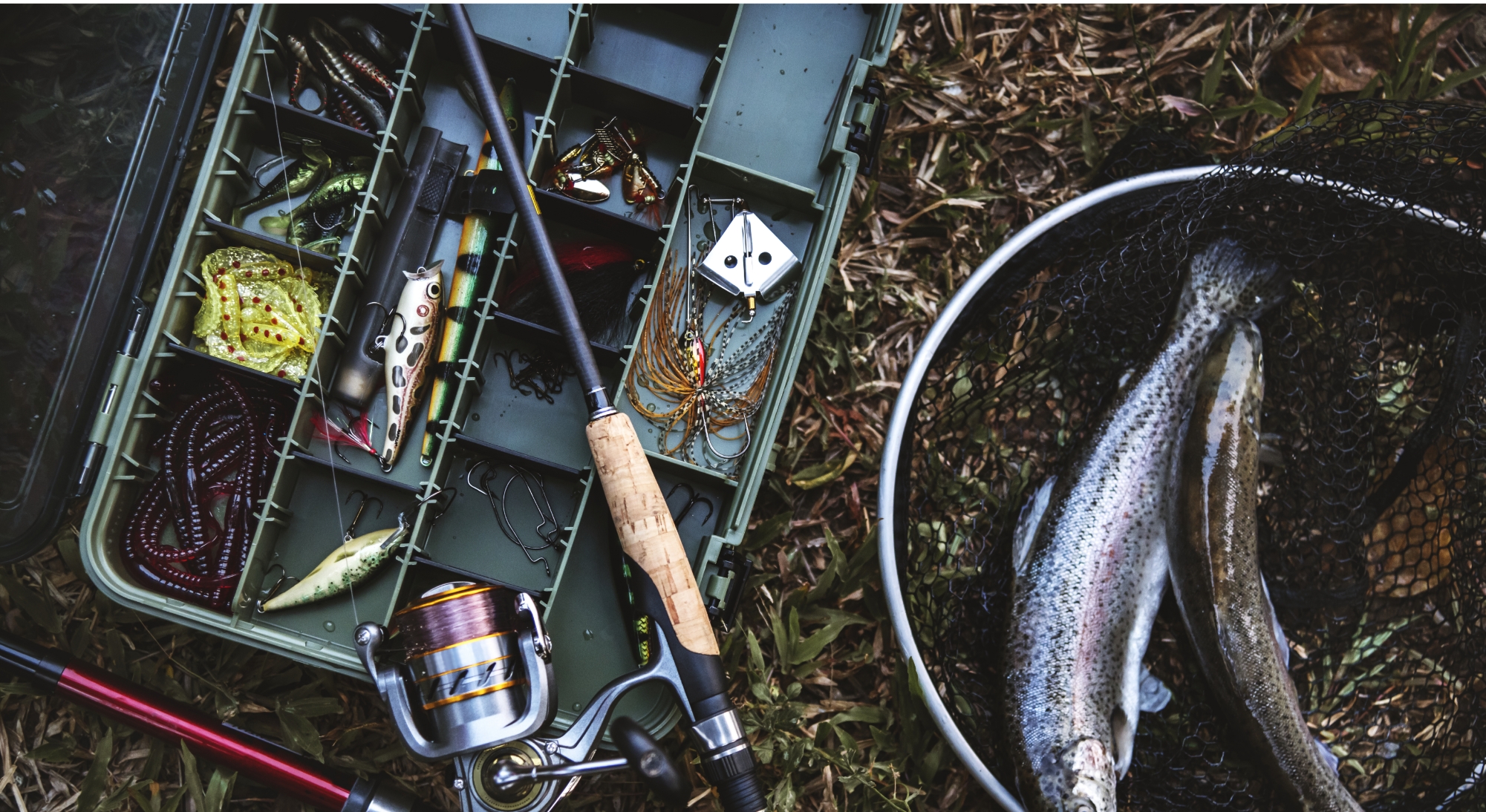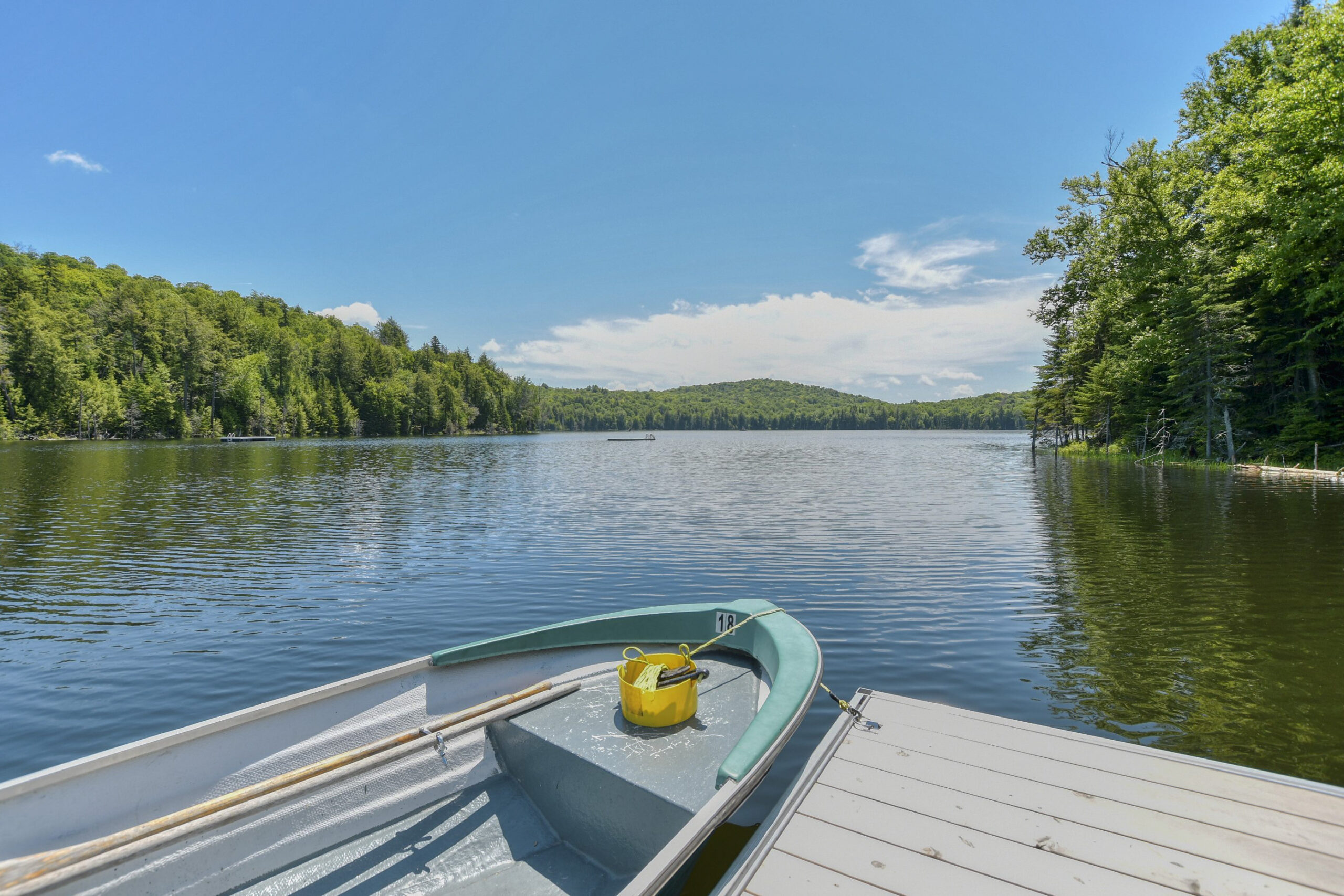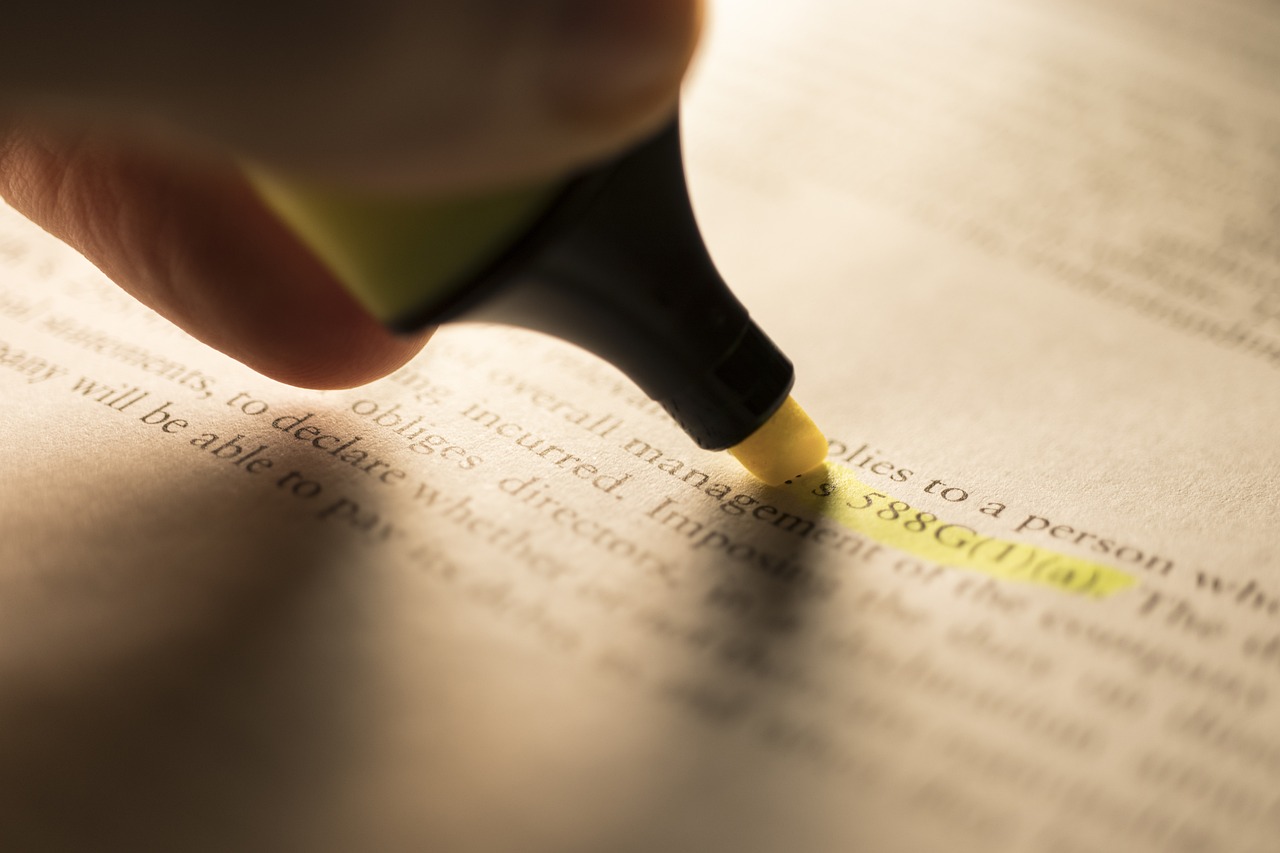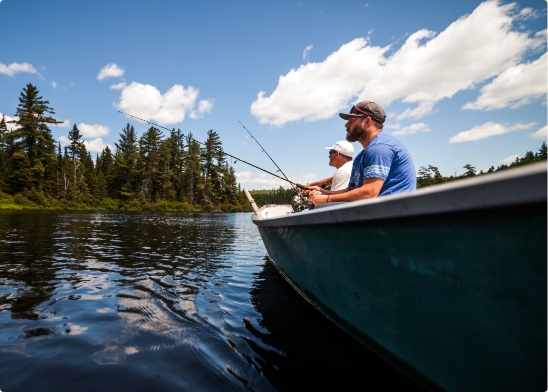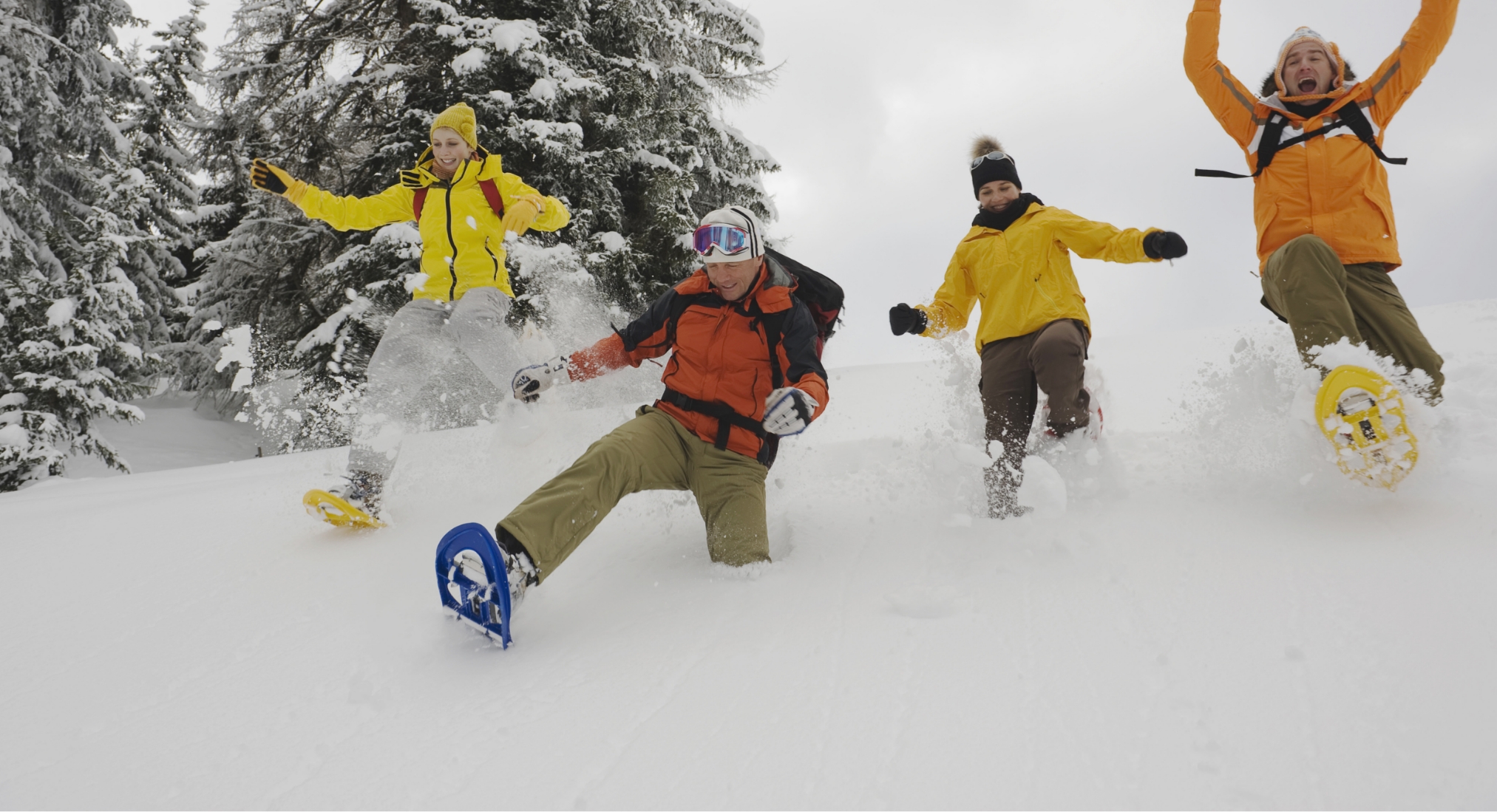Summer, particularly in July and August, is an ideal time for trout fishing, whether it’s for brook trout or rainbow trout. However, the summer heat can affect the behavior of these fish, making fishing somewhat different. Here are some tips to maximize your chances of success.
Understanding Trout Habits in Summer
Trout are sensitive to heat. During heatwaves, they tend to seek refuge in the cooler areas of the lake, particularly in deeper waters, around 20 feet (6 meters) or even at the bottom. The bathymetric map of the lake can be a valuable tool for locating these areas.
Adapted Line Setup
For the line setup, a slightly heavier spoon than in spring is recommended (such as the Toronto Wobbler or Clear Wobbler). Add a small pinch weight on the line, with a leader about 30 inches long.


Fishing Techniques
- Deadstick or jigging: Let the lure drop beyond 20 feet or use a gentle up-and-down motion to move the lure around this depth.
- For fly anglers: Use a lead-core line, leaving about a hundred feet behind the boat, allowing the fly to settle between 15 and 20 feet while slowly moving with the motor.
Choice of Lures
It’s good to have a variety of lures available. If one lure doesn’t yield results after an hour, change the color or type of lure. The Atomic Teaser and Power Nymph models by Berckley have proven effective on the lake.
Best Times
Trout are more active early in the morning and late in the day. Avoid the hottest hours and take a break during that time.
Openness to New Techniques
Every lake is unique, and what works one day may not work the next. Stay open to new techniques and don’t hesitate to ask for advice at the reception for recommendations based on the weather and recent trends.
Conclusion
With these tips in hand, you are better prepared for summer trout fishing.



